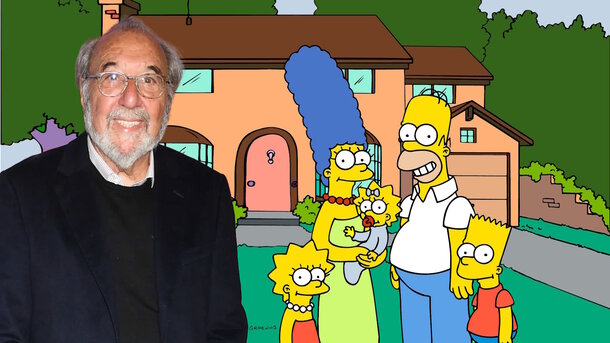The Simpsons began with comics and improvisation. When artist Matt Groening walked into producer James Brooks' office for a job, he initially intended to pitch an adaptation of his series Life in Hell. However, at the last minute, he changed his mind to retain the rights, and in the corridor, hastily came up with a story about a typical American family — featuring a fat dad, an intelligent mum, a mischievous son, a quiet daughter, and a pacifier-sucking baby. And thus, The Simpsons were born.
The First Version of The Simpsons
Initially, it wasn’t a full series, but rather short sketches on The Tracey Ullman Show in 1987. Two years later, on December 17, 1989, the show was launched as a standalone animated series. Since then, hundreds of episodes have aired.
How Homer Evolved in The Simpsons
Initially, Homer was meant to be a grumpy, domestic tyrant, but the creators quickly pivoted. They decided that making him silly and good-natured would make him more relatable to the audience. Krusty the Clown was originally intended to be an alter ego for the character, with Bart admiring him without knowing he was actually his father. This would have been amusing given Bart’s hatred for Homer and his admiration for the clown.

But the story took a different turn, and thus began the tale of the world’s most recognisable yellow family. And yes, in the series, Homer has an IQ of 55, which is why he behaves like a child. But what many don’t know is that it’s due to a pencil stuck in his brain — without it, he’d almost be a genius.










